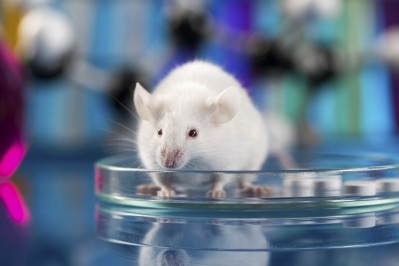Mass Innovation Labs: the evolution of R&D

The Kendall Square laboratory space has reached 85% capacity since launching in May 2015, and has signed several notable companies, including CRISPR Therapeutics, Imagen Biopharma, Gritstone Oncology, WaveGuide, Radius Health, TCR2, Editas, and the contract research organization (CRO) Charles River.
The lab works with clients to create “a launch plan based on their specific research and space needs,” Mass Innovation Labs CFO &CBO Seth Taylor told Outsourcing-Pharma.com. “We expedite the permitting, if required, help them engage with partners, equip their labs and support the configuration of the space.”
Taylor described the lab as a crossroads for partnerships with CRO service providers, instrumentation vendors, and investors.
“Our goal is to use these partnerships to revamp how small and rapidly scaling teams access and engage with us as well as enhance the effectiveness of their R&D,” he said. For CROs, this means helping clients locate their services and facilitating the process of working together.
Ultimately, the program’s goal is to reduce to two weeks the time it takes for a startup to enter its space and start research. As Taylor explained, locating a small stand-alone lab typically takes four to six months to reach full operations.
“The time that’s saved by using our lab space can be critical for a young company,” added Taylor. “In fact, one CEO told us that our program accelerated his R&D timelines by 8-12 months.”
Changing the way companies conduct R&D
The average staff size of biotech companies that had an IPO in Q1 last year was 17 people. According to Taylor, companies today are attempting to be virtual longer, sometimes a year or more, before transitioning to a small research footprint.
“Another driver behind the changing way companies conduct R&D is that pharmaceutical companies are looking to partner, fund, and acquire companies at an earlier stage than in the past,” he explained.
Additionally, there are much larger amounts of capital available today than five years ago. Taylor said, “In Boston and San Francisco in particular, the early stage deals are larger and the investor mandate is on rapidly growing opportunities to dominate new therapeutics opportunities.”
Taylor expects that pharmaceutical companies will continue to downsize their R&D programs as they transition to large, consolidated organizations, focusing on streamlining distribution and relying more on external innovation.
“At the same time, we will see a transition in how medicine is delivered to patients, assuming we realize the benefits of transformational technologies such as CRISPR Cas9,” he added. “The role of innovative ecosystems will grow in importance with the demand for external innovation.”
To date, Mass Innovation Lab’s member companies account for more than $1bn in start-up research and development capital.
















